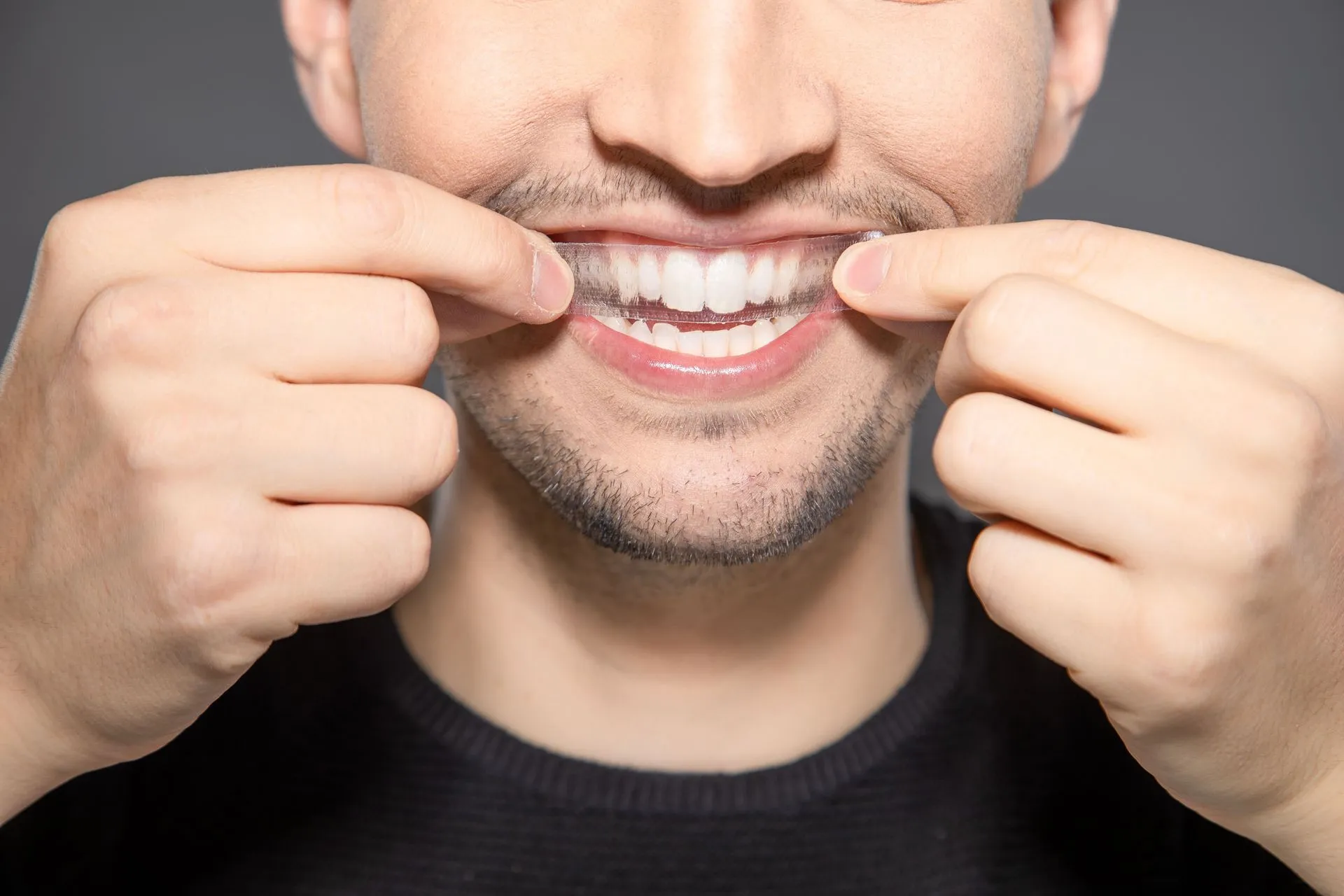Understanding Teeth Whitening Pain
Teeth whitening is a popular cosmetic procedure, but it can sometimes lead to temporary discomfort. Many individuals experience some level of sensitivity after undergoing this treatment. This sensitivity often manifests as sharp, shooting pains or a dull ache in the teeth. Understanding the root causes of this pain is the first step towards finding effective relief. Recognizing the underlying factors will empower you to take appropriate measures to minimize discomfort and ensure a positive teeth whitening experience. It’s also important to remember that pain levels vary from person to person. Some may experience minimal sensitivity, while others may find the discomfort more pronounced.
Common Causes of Teeth Sensitivity
Several factors can contribute to tooth sensitivity after whitening. These causes include chemical irritation from bleaching agents, pre-existing dental conditions, and enamel erosion or thinning. Each of these factors can play a significant role in the level of pain experienced.
Chemical Irritation from Bleaching Agents
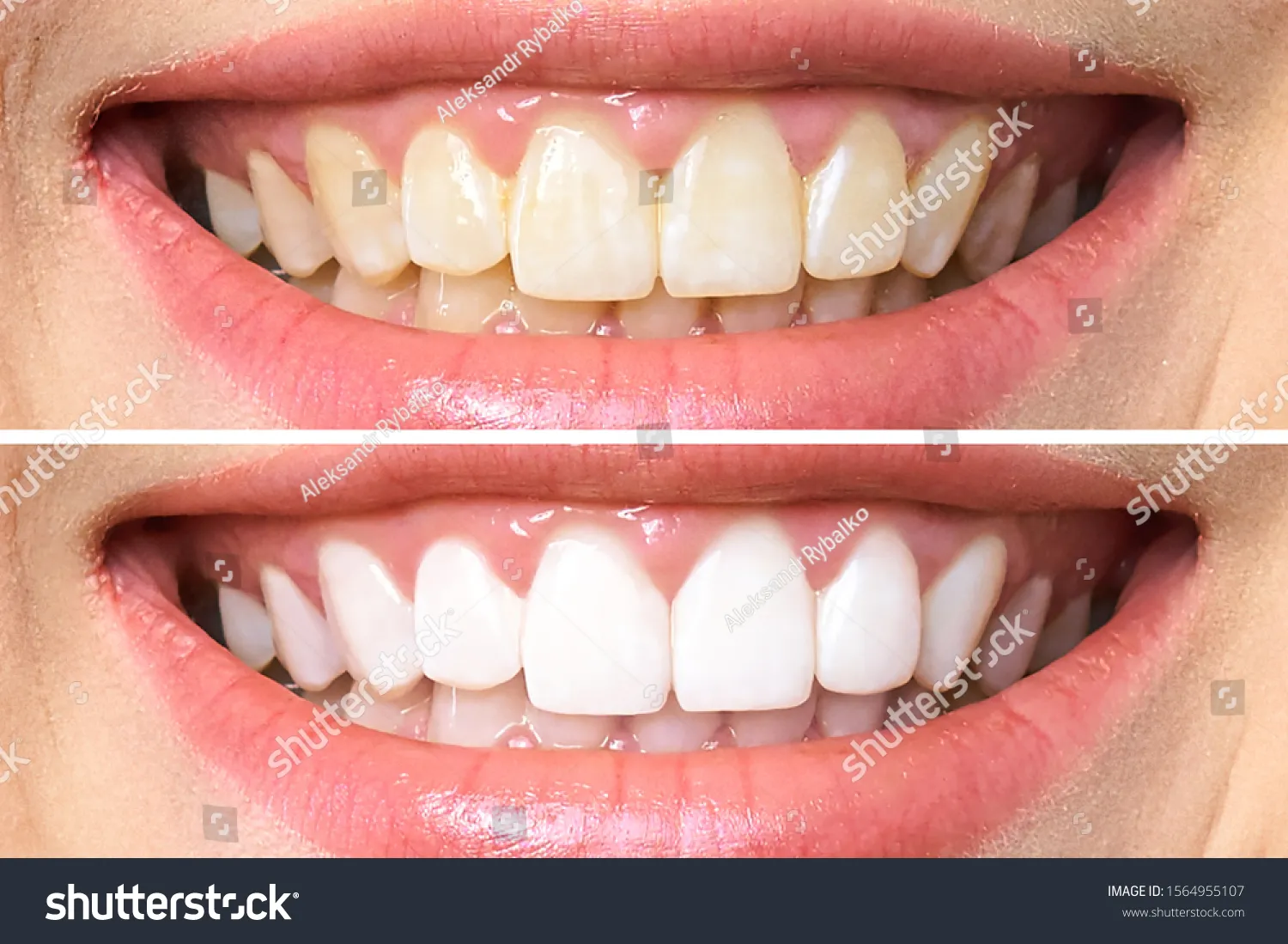
The primary cause of pain following teeth whitening is chemical irritation. The bleaching agents used in these procedures, such as hydrogen peroxide or carbamide peroxide, work by breaking down stains and discoloration on the tooth surface. However, these chemicals can also penetrate the enamel and dentin, reaching the nerves inside the teeth, which causes sensitivity. This is particularly true when the bleaching agent comes into direct contact with exposed dentinal tubules. The concentration of the bleaching agent, the duration of its application, and the frequency of treatments all influence the extent of this irritation.
Pre-existing Dental Conditions
Individuals with pre-existing dental conditions may experience heightened sensitivity after teeth whitening. Conditions like cavities, cracked teeth, or gum recession can expose the sensitive dentin layer, intensifying pain. Furthermore, those with a history of teeth grinding or clenching may have thinner enamel, making their teeth more susceptible to discomfort. It’s crucial to address any underlying dental issues before whitening to minimize potential pain. Your dentist can assess your oral health and recommend appropriate treatments to prepare your teeth for the whitening procedure, which could include fillings or other protective measures.
Enamel Erosion and Thinning
Enamel erosion and thinning can also contribute to increased sensitivity. Enamel acts as a protective barrier for the dentin, which houses the tooth’s nerve endings. When the enamel is worn away or thinned due to factors like acid erosion from sugary drinks or aggressive brushing, the dentin becomes exposed. This exposure makes the teeth more vulnerable to the effects of the bleaching agents. It’s therefore essential to maintain good oral hygiene practices and avoid habits that can damage enamel. Using a soft-bristled toothbrush, avoiding abrasive toothpaste, and limiting acidic foods and drinks can all help protect your enamel and reduce your risk of pain after teeth whitening.
Top 5 Solutions for Pain Relief
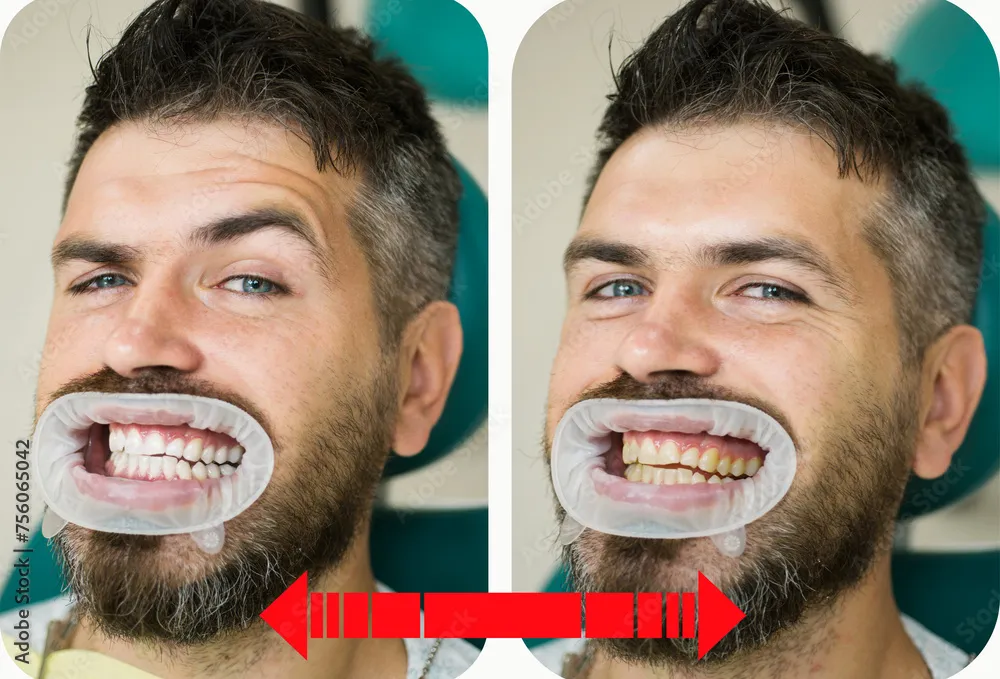
Fortunately, several effective solutions can help alleviate the pain associated with teeth whitening. These solutions range from over-the-counter remedies to professional treatments. By understanding these options, you can choose the most suitable approach to manage your discomfort and improve your teeth whitening experience.
Solution 1 Over-the-Counter Pain Relievers
One of the simplest and most readily available solutions for teeth whitening pain is over-the-counter pain relievers. These medications can provide temporary relief from mild to moderate discomfort. Always adhere to the recommended dosage and consult with your dentist or a healthcare professional if you have any concerns.
Ibuprofen and Acetaminophen
Ibuprofen and acetaminophen are two commonly used pain relievers that can effectively reduce teeth sensitivity. Ibuprofen, a nonsteroidal anti-inflammatory drug (NSAID), can reduce inflammation and pain. Acetaminophen, on the other hand, is an analgesic that helps block pain signals. Taking either of these medications as directed can help alleviate the discomfort associated with teeth whitening. Be aware of any potential side effects or interactions with other medications, and always follow the instructions on the product label. If pain persists or worsens, consult your dentist.
Solution 2 Using Desensitizing Toothpaste
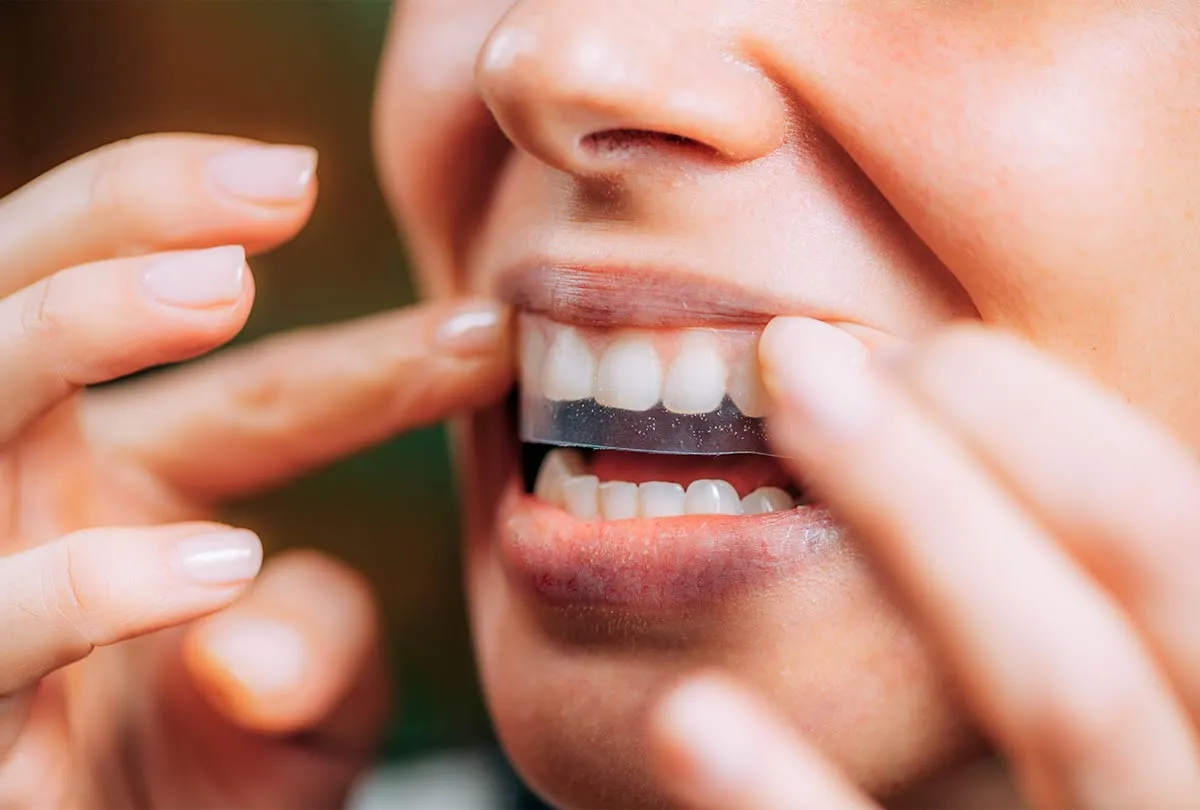
Desensitizing toothpaste is specifically designed to reduce tooth sensitivity. These toothpastes contain ingredients that help block the tubules in the dentin, reducing the transmission of pain signals to the nerves. Regular use can provide significant relief from teeth whitening pain.
How Desensitizing Toothpaste Works
Desensitizing toothpaste works by either blocking the dentinal tubules or reducing the nerve’s excitability. Ingredients like potassium nitrate penetrate the tooth to calm the nerves. Other toothpastes contain compounds like stannous fluoride, which help plug the tubules, reducing the ability of stimuli to reach the nerve. For optimal results, it’s important to use the toothpaste consistently, typically twice a day, and allow it to remain on your teeth for a few minutes before rinsing. This will give the active ingredients time to take effect and provide relief.
Choosing the Right Toothpaste
When selecting a desensitizing toothpaste, look for products containing potassium nitrate or stannous fluoride. Consider trying different brands to find the one that works best for you. Check the product’s label for specific instructions on usage. You can also ask your dentist for a recommendation on the most suitable toothpaste for your needs, as they can offer personalized advice based on your oral health. They can also assess your specific sensitivity issues and provide recommendations tailored to your condition.
Solution 3 Fluoride Treatments
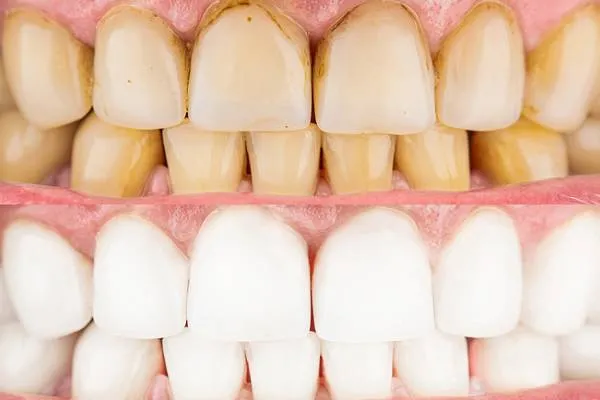
Fluoride treatments strengthen tooth enamel and reduce sensitivity. These treatments are available through your dentist or as over-the-counter products. Fluoride helps remineralize the enamel, making the teeth more resistant to the effects of the bleaching agents.
Professional Fluoride Applications
Dentists can apply high-concentration fluoride treatments to your teeth during office visits. These treatments often come in the form of a gel, varnish, or foam, which is applied directly to the teeth. Professional fluoride applications are more potent than over-the-counter options and can provide significant relief. Your dentist may recommend these treatments before or after your whitening procedure to minimize sensitivity and enhance the results. The frequency of these applications will depend on your individual needs.
Home Fluoride Products
You can also use home fluoride products, such as fluoride toothpaste or mouthwash. These products typically contain a lower concentration of fluoride than professional treatments but can still help reduce sensitivity. Consistent use of fluoride toothpaste can gradually strengthen the enamel, decreasing sensitivity over time. Be sure to follow the instructions on the product label. It’s also important to discuss your use of fluoride products with your dentist, who can help you determine the most effective approach for your specific needs.
Solution 4 Avoiding Triggers

Identifying and avoiding triggers that exacerbate sensitivity can help manage pain. Avoiding certain foods and drinks, as well as being mindful of temperature changes, can make a significant difference in your comfort level after teeth whitening.
Foods and Drinks to Avoid
Certain foods and drinks are known to trigger tooth sensitivity. These include acidic foods like citrus fruits, tomatoes, and pickles, as well as sugary items like candies and sodas. Cold or hot beverages and foods can also exacerbate pain. During the period of heightened sensitivity following teeth whitening, it’s advisable to avoid these triggers as much as possible. Opt for a balanced diet of less acidic and less sugary foods to give your teeth a chance to recover.
Temperature Sensitivity
Temperature changes can often trigger or worsen sensitivity. Therefore, it is advisable to be cautious about consuming extremely hot or cold foods and drinks. Try to drink beverages at room temperature or use a straw to minimize contact with your teeth. If you experience sensitivity to cold air, consider covering your mouth when you are outside in cold weather. Protecting your teeth from extreme temperatures can significantly reduce pain levels.
Solution 5 Proper Whitening Techniques
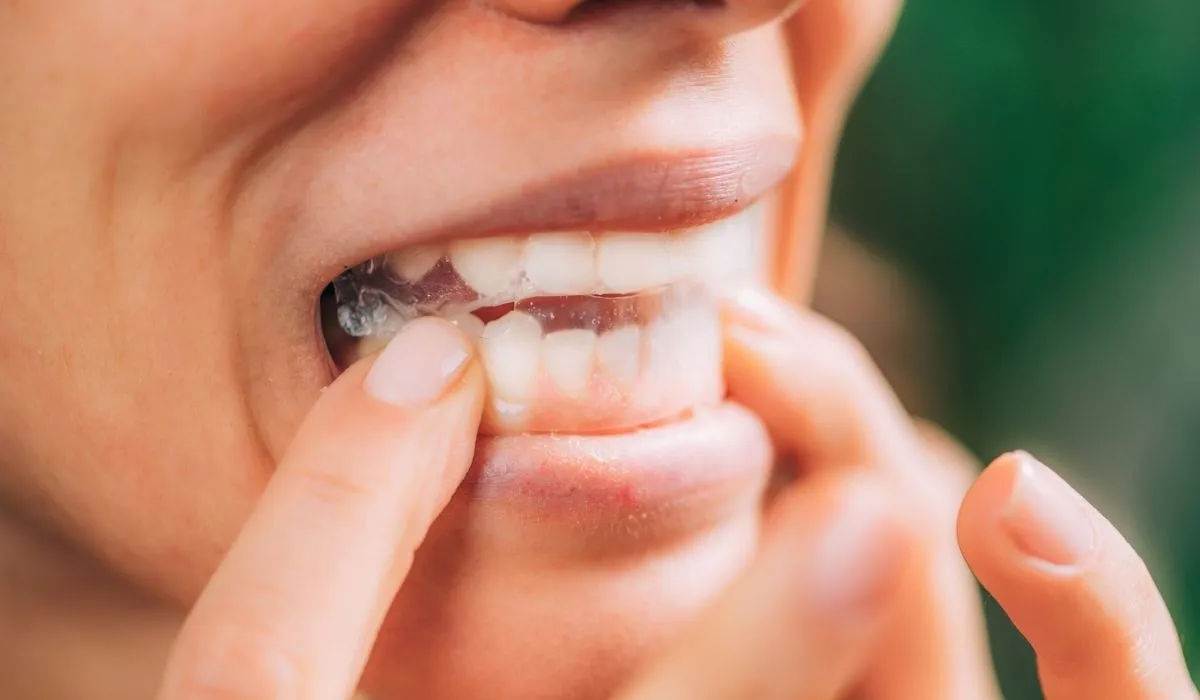
Adhering to the correct teeth whitening techniques is crucial to minimize discomfort and maximize results. This involves following instructions carefully and consulting with your dentist to ensure the process is carried out safely and effectively.
Following Instructions
Whether you are using an at-home kit or undergoing professional treatment, carefully following the instructions provided is essential. Overuse of whitening products can increase sensitivity and lead to unnecessary pain. Pay close attention to the recommended application time and frequency, as well as any specific guidelines for aftercare. If you’re using an at-home kit, do not deviate from the directions provided by the manufacturer or your dentist, as this may lead to complications. If you are undergoing professional treatment, make sure to ask your dentist any questions you may have about the process and follow their specific instructions.
Consulting a Dentist
Consulting your dentist is a crucial step in the teeth whitening process. Before starting any whitening treatment, your dentist can assess your oral health and identify any potential risk factors for sensitivity. Your dentist can provide personalized recommendations and guidance, and they can monitor your progress throughout the treatment. If you experience excessive pain or discomfort, contact your dentist immediately for guidance. They may adjust the treatment plan or recommend additional measures to manage your sensitivity. Regular check-ups are also important for maintaining overall oral health.
Aftercare and Prevention
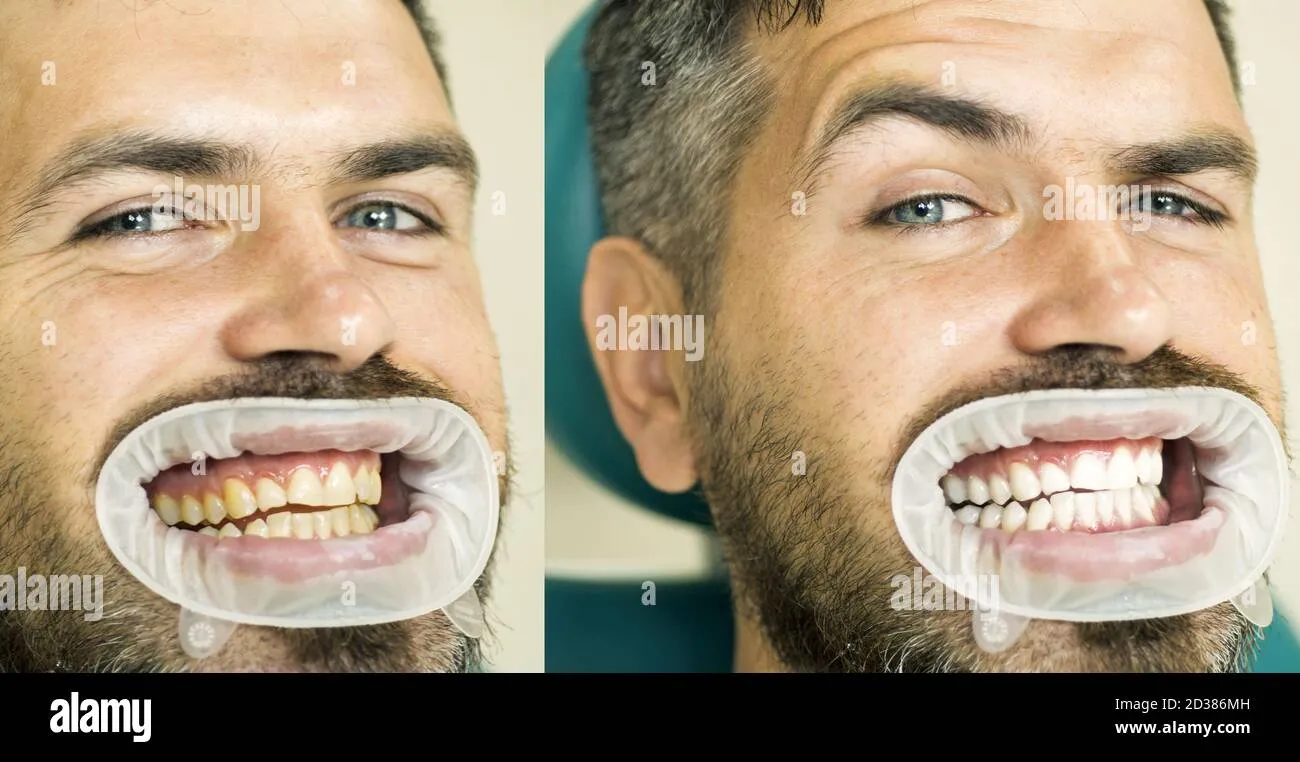
Effective aftercare and preventive measures are crucial to ensure the long-term health of your teeth and minimize future sensitivity. Maintaining good oral hygiene and attending regular dental check-ups are essential steps.
Maintaining Oral Hygiene
Maintaining good oral hygiene is fundamental for preventing sensitivity and preserving the results of your teeth whitening. Brush your teeth twice a day with a soft-bristled toothbrush and fluoride toothpaste. Floss daily to remove plaque and food particles from between your teeth. Consider using an antibacterial mouthwash to further reduce plaque. Avoiding aggressive brushing and choosing a gentle technique can also help prevent enamel erosion. Regular and gentle care is essential for maintaining healthy teeth and gums.
Regular Dental Check-ups
Regular dental check-ups are essential for monitoring your oral health and preventing potential problems. Your dentist can identify and address any issues before they become serious, which helps minimize discomfort. Professional cleanings can remove plaque and tartar, keeping your teeth healthy. During check-ups, your dentist can also assess the condition of your enamel, gums, and overall oral health, making recommendations for maintaining a healthy, beautiful smile.
